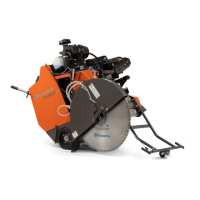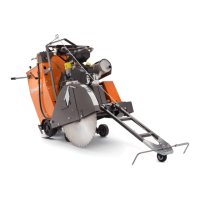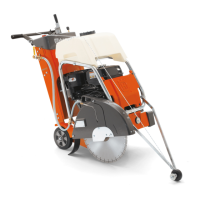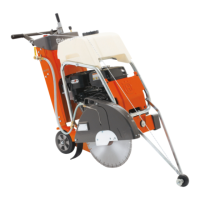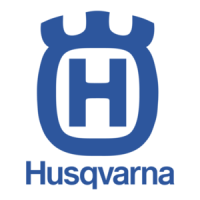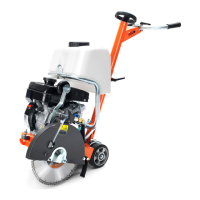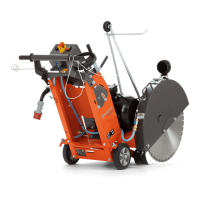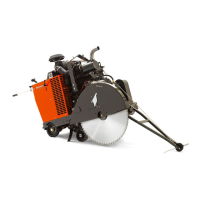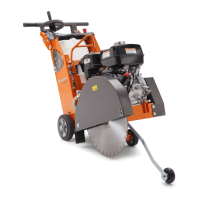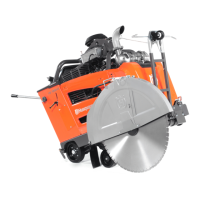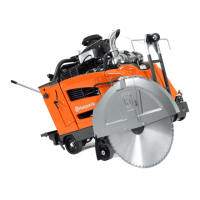What to do if Husqvarna FS 4600 G II Saw engine stops during operation?
- AAlison WatsonAug 4, 2025
If the Husqvarna Saw engine stops during operation, there could be several reasons. First, check if the fuel tank is empty and refill it with the correct fuel type. Ensure the machine stop button is not pushed down; pull it up to reset it. If the engine speed decreases due to a high load on the cutting blade, pull the lever for speed control rearward. Also, inspect the fuses and replace any that are broken.
